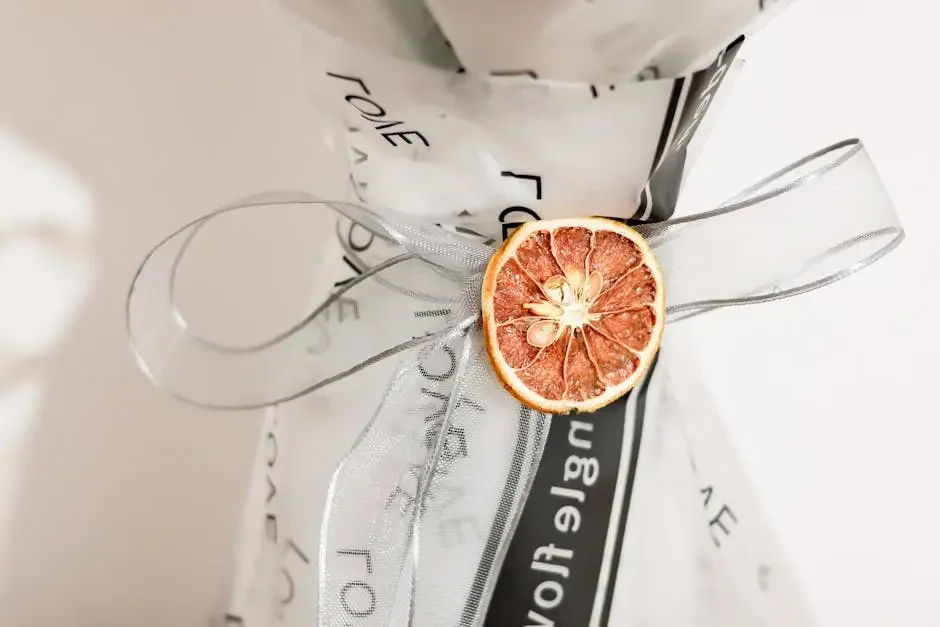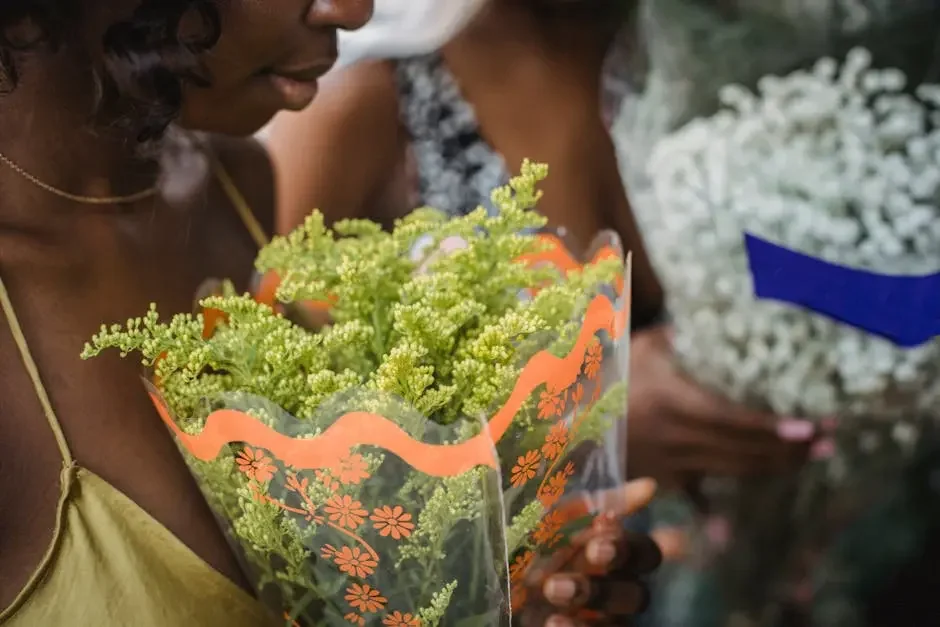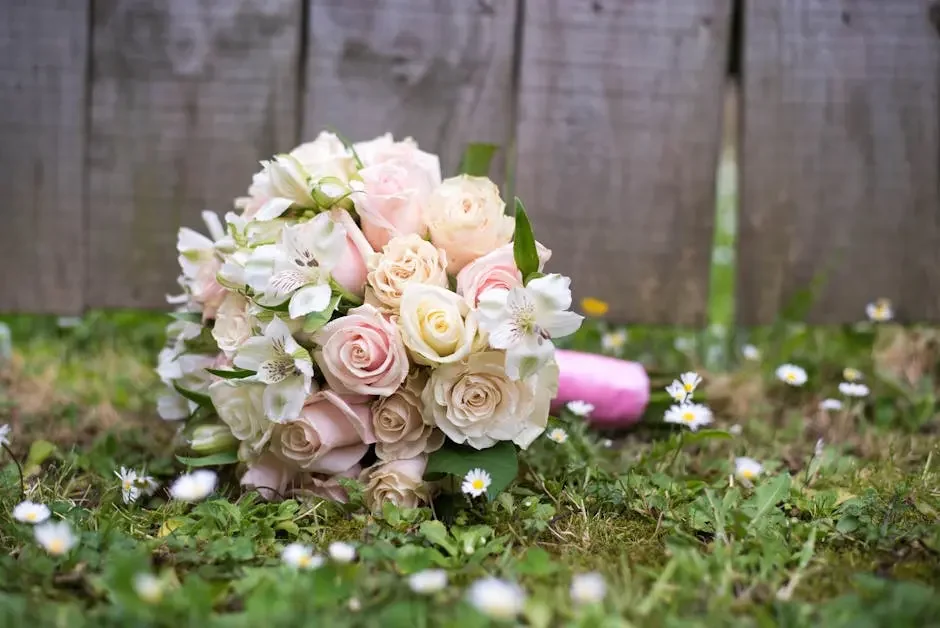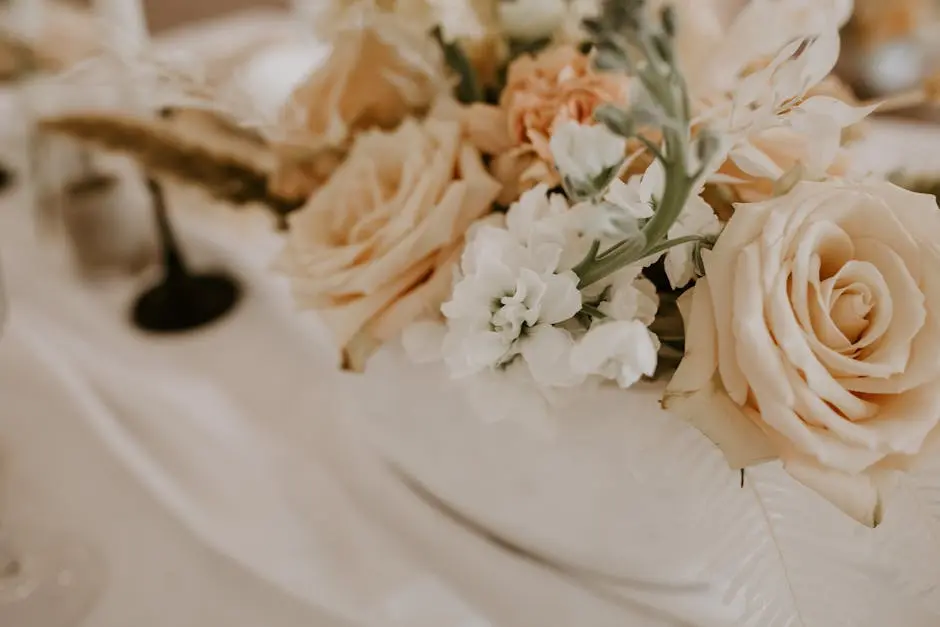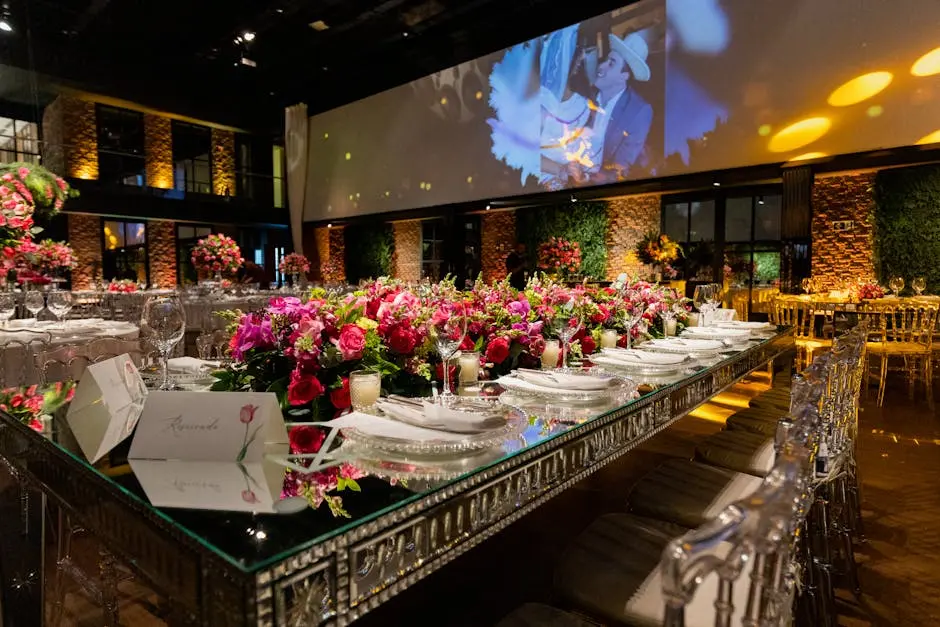As the days grow shorter and the air turns crisp, fall bestows upon us a stunning palette of rich colors and unique textures. This season offers an abundance of inspiration for floral designers. From the vibrant hues of autumn leaves to the intricate forms of seasonal blooms, fall flowers have a special way of sparking creativity in floral arrangements. In this blog, we'll explore how these beautiful blooms can influence design choices and elevate your floral creations.
The Rich Palette of Fall Flowers
Fall flowers come in an array of striking colors—deep reds, burnt oranges, and sunny yellows. These vibrant hues create a warm and inviting atmosphere, perfect for any floral arrangement. Understanding how to blend these colors can lead to stunning seasonal displays that catch the eye and evoke emotion.
Moreover, the rich palette of fall flowers invites creativity in numerous ways. Think about how various shades work together; imagine a bouquet that features the lively orange of a marigold juxtaposed against the deep crimson of dahlias. This contrast not only enhances visual interest but also captivates the viewer's attention, sparking a desire to delve deeper into the arrangement.
Additionally, incorporating neutrals like soft creams or browns into your arrangements can create balance, allowing the bold colors to stand out even more. This craft of blending hues while playing with light and shadow can result in floral designs that feel both dynamic and harmonious.
Unique Textures and Shapes
Beyond just color, fall flowers offer diverse textures and shapes that can add depth to floral designs. From the ruffled petals of chrysanthemums to the airy blooms of sedum, each flower contributes its own unique quality, encouraging designers to experiment with combination and contrast.
Textures play an essential role in creating visual intrigue. For instance, combining the silky smoothness of a calla lily with the velvety petals of pansies can lead to an arrangement that is not only beautiful but also tactile. This interplay of textures invites viewers to engage more deeply with the design.
Shapes also vary widely among fall flowers. The trumpet-like structure of lilies offers a dramatic vertical element, while the rounded blooms of asters provide a softer, more whimsical aspect. Mixing these forms can create a dynamic composition that draws the eye across the arrangement, ensuring that every detail gets its moment to shine.
Incorporating Seasonal Elements
In fall floral design, we can also look beyond flowers and integrate natural elements like twigs, gourds, and leaves. These ingredients enhance the seasonal aesthetic and provide context and grounding for the floral arrangements—a beautiful reminder of nature's abundance.
Using seasonal elements can transform an ordinary bouquet into a captivating centerpiece. Picture a stunning display with rich orange pumpkins nestled among a bed of sunflowers and autumn leaves. This not only creates a visual feast but also evokes the essence of fall, making your design resonate with the season.
Furthermore, incorporating elements like pine cones or acorns can add a rustic charm to the arrangement. These natural components evoke memories of crisp autumn days and can also bear personal significance, making your floral designs feel more intimate and personalized.
Embracing Symbolism in Your Designs
Many fall flowers carry symbolic meanings, which can creatively enrich your floral arrangements. For example, sunflowers symbolize adoration and loyalty, and asters represent love and wisdom. By understanding these meanings, designers can create arrangements that tell a meaningful story.
Consider the impact of a carefully chosen flower—imagine using the vibrant zinnia, known for representing endurance, as a focal point in a gift bouquet for someone going through a tough time. This thoughtful choice can turn a simple floral arrangement into a powerful symbol of support and care.
Moreover, you can play with the juxtaposition of different flowers to convey complex messages. A bouquet of cheerful marigolds paired with elegant lilies might articulate joy in life's transitions, creating a rich narrative that resonates personally with the recipient.
Techniques for Floral Arrangement
Seasonal blooms invite designers to explore new techniques. Whether it’s using a loose, organic approach or a structured design, the way you arrange fall flowers can enhance their visual impact. Experimenting with different styles can lead to unique arrangements that reflect your creative voice.
Consider the technique of cascading arrangements, where flowers spill over the edges of vases or containers. This movement creates a sense of flow and can beautifully mimic the natural changes occurring in nature during the fall season. Such designs stimulate the imagination and evoke feelings of abundance.
Likewise, designing with asymmetry can evoke a spontaneous, almost wild charm in your arrangements, mirroring the unexpected beauty found in nature. By intentionally breaking traditional symmetry rules, you can present a floral design that feels fresh and invigorating.
Embrace the Beauty of Fall in Your Floral Creations
Incorporating fall flowers into your designs not only enhances their beauty but also allows you to express the vibrant spirit of the season. By embracing the natural colors, shapes, and textures of autumn blooms, you can inspire your creativity and bring a fresh perspective to your floral work. So, gather those seasonal flowers, let your imagination run wild, and watch as your floral designs flourish.

